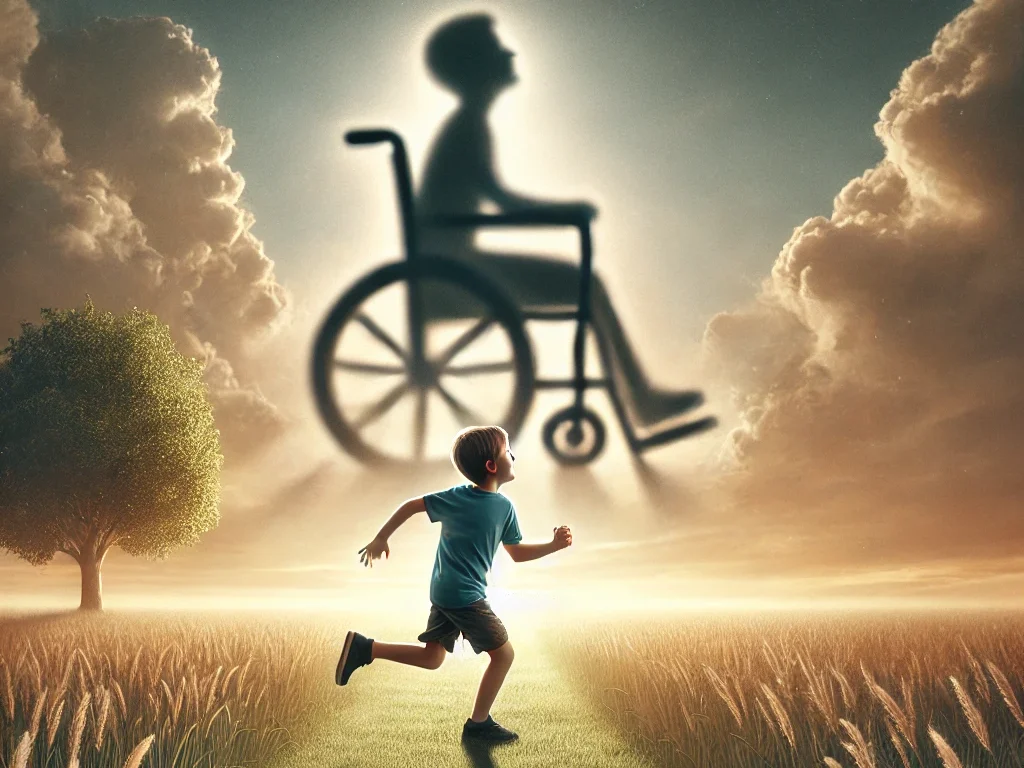Your cart is currently empty!
Duchenne Muscular Dystrophy
About Duchenne Muscular Dystrophy (DMD)
DMD is a worldwide tragedy; kids of all colors, all nationalities, all classes, and all ethnic backgrounds die much too young, agonizingly, slowly, and painfully, from DMD.
Duchenne Muscular Dystrophy (DMD) is the most common lethal genetic disease of children worldwide.
It is 100% fatal.
DMD is a progressive weakening defect of all the muscles in the body, including the heart, and primarily occurs in boys.
There is no cure, no treatment, and no survivors.
Approx. 1 in every 2,400 boys worldwide is born with DMD; they die, on average, at about 16 years old.
In about 60% of the cases, DMD is inherited from the mother; in about 40% of the cases the disease is the result of spontaneous gene mutation, meaning anyone’s son could be born with DMD.

A passion for creating spaces
Our comprehensive suite of professional services caters to a diverse clientele, ranging from homeowners to commercial developers.
Renovation and restoration
Experience the fusion of imagination and expertise with Études Architectural Solutions.
Continuous Support
Experience the fusion of imagination and expertise with Études Architectural Solutions.
App Access
Experience the fusion of imagination and expertise with Études Architectural Solutions.
Consulting
Experience the fusion of imagination and expertise with Études Architectural Solutions.
Project Management
Experience the fusion of imagination and expertise with Études Architectural Solutions.
Architectural Solutions
Experience the fusion of imagination and expertise with Études Architectural Solutions.
An array of resources
Our comprehensive suite of professional services caters to a diverse clientele, ranging from homeowners to commercial developers. Also how bout another line
Études Architect App
- Collaborate with fellow architects.
- Showcase your projects.
- Experience the world of architecture.


Études Newsletter
- A world of thought-provoking articles.
- Case studies that celebrate architecture.
- Exclusive access to design insights.
“Études has saved us thousands of hours of work and has unlocked insights we never thought possible.”
Annie Steiner
CEO, Greenprint
Join 900+ subscribers
Stay in the loop with everything you need to know.